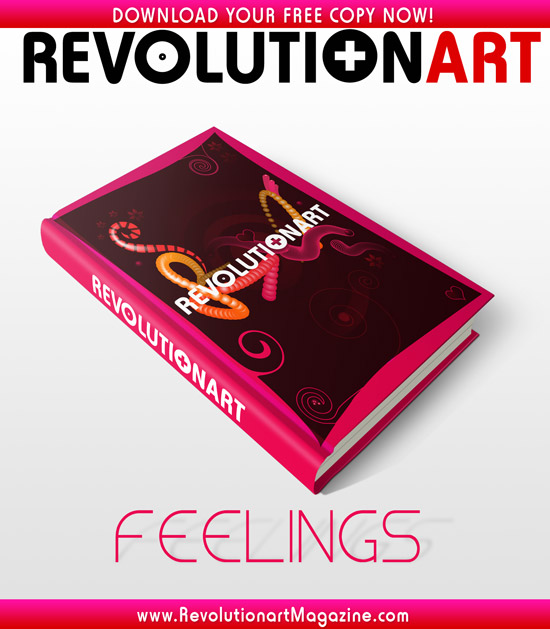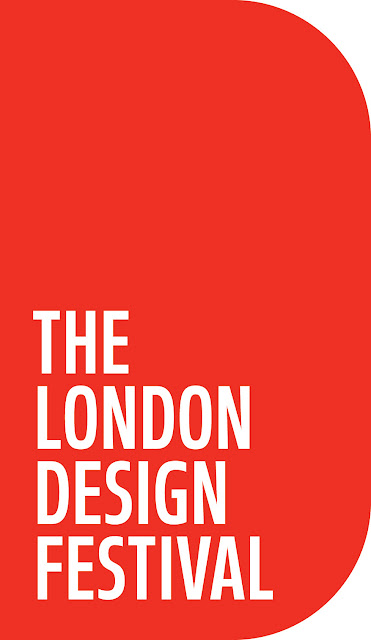
Don’t miss the latest works from Brian. For collectors/inquiries/preview list on NEW original paintings/drawings/prints by Viveros: www.brianMviveros.com
Interview with Brian M. Viveros (find it at Revolutionart #13- Politics)
Hello Brian. I’ve seen your shocking work, congratulations!. You’ve been in a lot of international galleries and exhibitions. Please, tell us which project excited you most?
First off, I want to say hello to all the readers of REVOLUTIONART and I want to thank you for this opportunity. So, with beer in hand and a cigarette in the other, let the healing powers begin.
The project that excited me the most was probably preparing for my first solo exhibition out of the country in Zurich. It took a lot of planning since I never really leave my studio and I’d never been out of the country before. I really wasn’t quite sure what to expect. It was a long thirteen hours away from good ole Riverside. Thank god for Ambien.
The response was incredible. It was a great show with good energy. The people were really cool and so excited to see my Smoking Girls that came from such a great distance. I titled the exhibition Smoking Swiss with a Twist and that’s exactly what it was. Great beer, lots of people smoking and freaks (love them), then at the stroke of midnight they played my film Dislandia on the BIG screen in this beautiful cool ass porn theatre. I wanted to incorporate the Swiss flag as an element for some of the Smoking ARM-ME pieces I had created for the show. I love the color Red, "A splash of blood", and use it in many of my other paintings. I thought it would be great to compliment this Swiss Arm-ME of girls with their flag as a band around their arm.
The following day I was invited to the home of my favorite Artist, Swiss surrealist H.R. GIGER. It was truly a dream come true to see all the things I’ve only seen in books as a kid. We dream of these moments, but it was so much better to see in person. I also got to visit the Giger Museum/Bar, which was so fucking amazing! This was an incredible experience and a project that I will never forget.
Why 1997 was the year that changed the speed of your career?
1997 was the year of my first real exhibition, entitled DEEP INSIDE THE ART OF PORN, that was held in Lausanne at The Musee D’ Contemorain Pornographique, curated by friend Les Barany, (H.R. GIGER’S agent). He introduced my work to a wide international audience. The exhibition involved so many great artists and I was so honored to be a part of the show. It was rad because this exhibition was also published as an Erotic book. I felt so proud to be a part of it… I must have jacked off at least six times. At that time I really didn’t think too much of my work. I was mainly doing drawings with brush and ink and I hadn’t really honed in on my signature style. I was surprised when I found out that my pieces sold, they were more like hardcore graphic illustrations than paintings, and to this day it always makes me smile. After that, it was time to push myself even harder and pick up a new medium. The year was 2000 and with the airbrush/charcoal and ink the Smoking Arm-Me began.
What do you do for a normal day job?
For my day job I work as a traditional illustrator/creator, NO computer.
Can you tell us about your working space? What do we see on Brian’s walls and his desk?
My workspace is my garage that has been converted into, as I like to call it, my studio/ dungeon. It is the one place that makes me happy. Like Dr. Frankenstein it is the place I bring life and just focus on creating, away from all the bullshit that goes on outside. Away from the spectators, the talkers, the ones that always say they are going to do something but don’t do shit. I love my prison and as I smoke and take a look around I have shit everywhere. I see my human skull, books, paints, brushes, antique furniture, antique frames all over the place, my DVD collection, music, mannequin parts, masks, lions, tigers, bears and cigarettes OH MY.
Tell us about "Dislandia", "Southern", and your other film projects.
Dislandia is a Psycho-drama revolving around a young girl. She exists in a desolate world full of dreamlike images that range from bizarre to symbolic to erotic. Dislandia was really my first reaction to my distaste of the mindless film fare that is generated these days. I respect and appreciate anyone who is out there making films the way they want to make them. Expressing themselves to the fullest, creating their own type of movement. This excites me. The more experimental, fucked up and surreal the better. I drink to that. Much thanks and respect goes out to JORODOWSKY, FERNANDO ARRABEL, LUIS BUNUEL, WERNER HERZOG, MAYA DEREN, STANLEY KUBRICK and ALFRED HITCHCOCK
Southern is a Psycho-Psychedelia mind-fuck. It’s full of strong visuals and characters that came from my dreams. A lot of sleepless nights awakened by these bizarre images that needed to get out of my head. Since I couldn’t sleep, I was able to get myself out of bed, light a cigarette and sketch out, the best I could, these things that were happening in my fucked up mind that never really seems to shut down. In February on the Sundance channel there was a sneak peek of Southern which showed me and the crew and this amazing suspension scene. We are currently in the process of finishing up Southern right now and hope to be done in a couple months. Keeping my fingers crossed. Panique!Panique!Panique! Oh yeah… I will be putting the episode on my site real soon, so if you missed it, you can watch it at www.brianMviveros.com
Your darker themed works have a very unique style to them, how did you first start creating in this fashion?
My darker themed works that you are referring to would probably be my earlier airbrushed pieces that actually started the whole Smoking Girl series in 2000. After studying and learning how to use the airbrush, I wanted to concentrate on this more surreal and kind of vintage erotic approach to the female form. Adding a cigarette in the corner of their mouths as their signature trademark and a piece of me. The process would go like this. I would start free hand with the airbrush, which allowed the piece to be much more loose and give off this sort of dream like surreal feel. Then I would come back in with charcoal pencil and ink over the already pretty much finished airbrush piece juggling these three mediums back and forth till I could capture what I was looking for. My latest paintings are done in mixed media of oils/acrylic & airbrush.
Can you name some direct influences on your work?
Some influences and artists I admire are H.R. GIGER, EGON SCHIELE, BEARDSLEY, PICASSO, WARHOL, KLIMT, MUCHA, FRAZETTA
What general emotions do you call on when you create a character?
Strength, pain, passion
When creating an illustration, how do you get from that initial stab in the dark of a concept to the finished work?
A pack of cigarettes, a six-pack of Papst Blue Ribbon, paper and pencil. It all starts from the pencil. I do a lot of sketches and ideas of what would work and make for a strong painting. Once I feel I have her where she feels strong enough and I think it’s going to work then I start to do a really tight drawing with graphite pencil on paper. After that, I transfer onto Maple board, which is really nice and smooth and none of the girls ever seem to complain.
Then I start in with the oils very softly over the pencil, building soft tones really focusing on the eyes, lips and face. I worry about the background last. I really just try to focus on her and what’s up front and what the painting can show you. You see, I never went to art school, so my process is always a little drunk and backward. I never know how the end result is going to be. To me, that is the most exciting part of the work process and creating my Smoking girls. It all just kind of comes together. After all the color is pretty much laid down it becomes a juggling act of fine-tuning everything with more oils/acrylic & airbrush for details. I always paint the cigarette last. It tells me that when I finish with hers then I can have mine and the painting is complete; another surreal smoking sexy girl to keep the Revolution and ArmMe of Smoking Girls growing strong.
How do you define "fetish" and what’s yours?
Fetish to me is a strong excessive commitment to something. Something you bleed for everyday and you just can’t live without. Mine is the mind, the ideas, trying my hardest to execute that perfect painting that is trapped inside my head. The fetish is the fantasy in my mind the desire of wanting to create more and more, an addiction. That is my ultimate high. That is my fetish. So I paint and make films to keep me from going fetishisticly insane HA-HA
Download the edition containing this interview at: http://www.revolutionartmagazine.com/13












